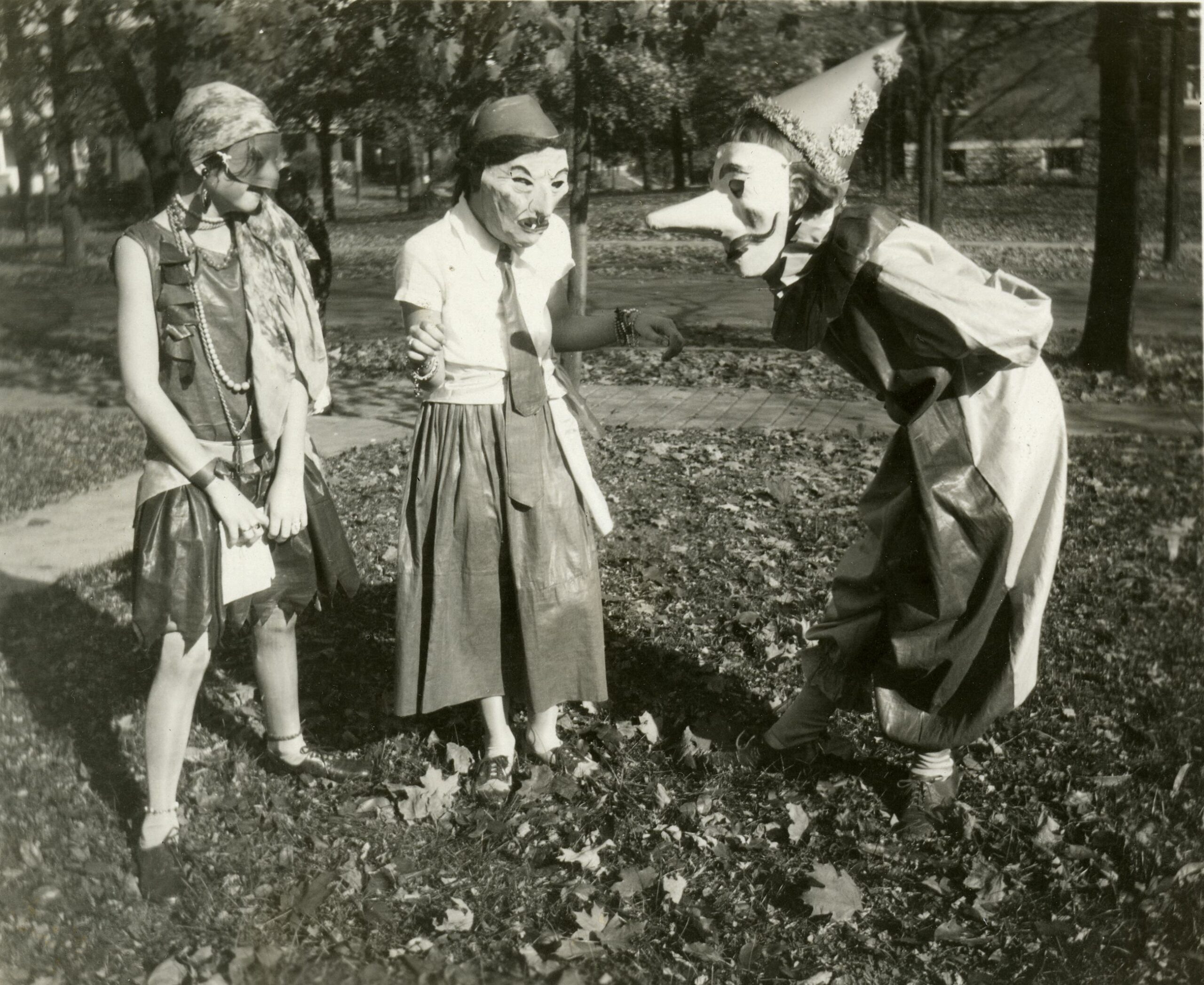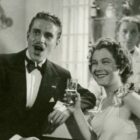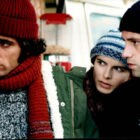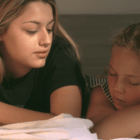Halloween, celebrated on October 31st, is one of the most beloved and widely observed holidays across the world. Known for its spooky decorations, creative costumes, and trick-or-treating, Halloween has a rich history that dates back centuries, blending ancient traditions with modern festivities. From its origins rooted in Celtic rituals to its current status as a global celebration, Halloween has transformed into a holiday that captures the imagination of children.
Origins: The Celtic Festival of Samhain
The origins of Halloween can be traced back to the ancient Celtic festival of Samhain, which was celebrated around 2,000 years ago in what is now Ireland, the United Kingdom, and northern France. The Celts believed that on the night of October 31st, the boundary between the worlds of the living and the dead became blurred. Allowing all kinds of spirits to return to Earth. People would light bonfires and wear costumes to ward off these wandering ghosts. Often made from animal skins, to disguise themselves and keep the spirits at bay.
During Samhain, the Celts also used the opportunity to predict the future, believing that the presence of otherworldly beings made it easier to divine prophecies. As a festival marking the end of the harvest and the beginning of winter, Samhain was a time for both celebration and preparation for the darker days ahead.
The Influence of Christianity and All Hallows’ Eve
As Christianity spread through the Celtic lands, the church sought to replace pagan festivals with Christian observances. In the 8th century, Pope Gregory III designated November 1st as All Saints’ Day, a day to honor saints and martyrs. The evening before became known as All Hallows’ Eve, which eventually evolved into “Halloween.” This Christian holiday incorporated many of the traditional Samhain customs, including bonfires, costumes, and the practice of honoring the dead.
Despite its Christian influences, many of the original Celtic traditions persisted, blending into a new kind of celebration that was both solemn and playful. The practice of carving jack-o’-lanterns, originally done with turnips in Ireland, also has roots in these early traditions and was later adapted in America using pumpkins.
Halloween in America: The Birth of Modern Traditions
Halloween was not widely celebrated in America until the mid-19th century, when Irish and Scottish immigrants brought their traditions with them during the great waves of immigration. The celebration gradually became more popular and evolved into a community-centered holiday, especially in the late 19th and early 20th centuries. During this time, Halloween parties for children and adults became common, focusing on games, seasonal foods, and festive costumes.
The tradition of trick-or-treating, which began in the early 20th century, became a hallmark of Halloween in the United States. Inspired by old European customs like “souling” and “guising,” children would dress up in costumes and go door-to-door asking for treats. This practice became widely popular after World War II, when the availability of candy increased, turning it into the beloved ritual it is today.
Modern Halloween: Costumes, Candy, and Cultural Influence
Today, Halloween is celebrated in various ways around the world, from haunted houses and spooky decorations to costume parties and themed events. It has grown into a massive cultural phenomenon, with people of all ages embracing the chance to dress up as anything from ghosts and goblins to superheroes and pop culture icons. The holiday is also a major commercial event, with billions of dollars spent each year on costumes, candy, decorations, and entertainment.
While Halloween retains its roots in the eerie and supernatural, it has also become a way to celebrate creativity and imagination. People enjoy transforming their homes into haunted spaces, carving intricate designs into pumpkins, and indulging in classic Halloween treats.
Halloween has expanded beyond Western cultures in recent years, gaining popularity in countries like Japan, where costume parades and themed events have become a major attraction. In Mexico too, it often coincides with the Day of the Dead celebrations, blending local traditions with Halloween customs.
The Spirit of Halloween
At its heart, Halloween is a celebration of the mysterious, the magical, and the macabre. It offers a unique opportunity to confront our fears, embrace the unknown, and let our imaginations run wild. Whether through the telling of ghost stories, the thrill of a haunted house, or the creativity of a homemade costume, Halloween continues to capture the spirit of playfulness and wonder.
As it has evolved from ancient rituals to modern festivities, Halloween remains a time to connect with our past, celebrate community traditions, and indulge in the joy of make-believe. It’s a holiday that transcends age and culture, inviting everyone to join in on the fun, whether they’re trick-or-treating, hosting a spooky gathering, or simply enjoying the season’s eerie atmosphere.
Check Movieitaly+ for scary movies
Read more articles here!






